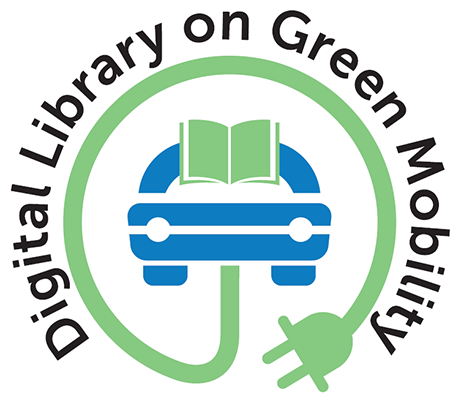Wireless Charging Technology
Inventor/Assignee: Ravi A. Pandya, Ashish A. Pandya
Description:
Introduction: Wireless inductive charging allows an electric vehicle to automatically charge without the need of cables. For the wireless charging technologies, different EV models can share their charging infrastructure if the same wireless power transfer (WPT) technology is adopted. In longer term, dynamic road charging technology will enable users to charge the EV battery while driving. This brings about much reduced battery size, extended driving range and reduced vehicle price, and further stimulates the EV market.
Maturity Timeline:

Advantages:
- There is no possibility of electric shock, as there are no exposed conductors.
- Wireless charging at high power levels enables charging of EVs while in motion, consequently extending the driving range
- Provides higher reliability as the charging systems are operated automatically without dependence on people to plug, unplug, and operate
- Less likelihood of electrical faults, such as short circuits
- Protection against danger of corrosion as circuits and devices are enclosed, providing shield from water and oxygen in the atmosphere
- Significantly less wear and tear as there is no need to constantly plug and unplug the device, providing greater durability
- Increased convenience and aesthetic quality as no cables are used
- Low infection risk for embedded medical devices as transmission of power via a magnetic field passing through the skin precludes the infection risks associated with wires piercing the skin
Limitations:
- Due to the slower charging and lower efficiency, inductive wireless charging devices take longer to charge with the same supplied power
- Drive electronics and coils used in the charging device increase the complexity and cost
- Most of the mobile devices, when connected to a cabled charging system, can be moved around (in a limited range) and can be operated while charging. Whereas, in most of the static wireless charging systems, the mobile device must be left on a pad to charge and cannot be moved around or easily operated while charging.
Performance:
The wireless chargers are mainly of three types: chargers with charging pads that use tightly coupled electromagnetic inductive or non-radiative charging; charging bowls or through-surface type chargers that use loosely-coupled or radiative electromagnetic resonant charging; and uncoupled radio frequency (RF) chargers with trickle charging capability at distances of a few feet.
Basically, all the three operate on the principle of electromagnetic induction in which a magnetic coil (called transmitter) is used to create a time-varying magnetic field. The magnetic field induces an alternating current in coils of wire (called receiver) placed in that magnetic field and electric energy gets transferred from the transmitter to the receiver through inductive coupling. Resonant charging (also called magnetic resonance) is used in charging bowls in order to increase the induced current to transmit power efficiently across greater distances. Appropriate capacitances are added to the transmitter and receiver coils, so that they resonate at the frequency of the time-varying magnetic field.
The wireless power transfer systems are of two types: inductive—which use magnetic field coupling between conducting coils, and capacitive—which use electric field coupling between conducting plates to transfer energy.
Price range: The cost of wireless chargers varies from $1,260 to $3,000. These can enable 40km to 80km of per hour of charging, depending on the system used (as of May 2021).
Commercialization: In January 2015, Hughes Electronics developed the Magne Charge interface for General Motors and Toyota; AUDI presented a 3.6kW inductive charger during the 66th International Motor Show, and in Germany, Bombardier-Transportation presented a 3.6kW wireless charger for cars. Charging pads became commercially available in high volume in 2015.
BMW is providing a wireless charging pad for its electric car 530e iPerformance. The pad can be connected to the power outlet in the garage to charge the car wirelessly. About 3.5 hours are normally required to fully charge the 9.5kWh battery of the car. Wireless chargers for Tesla Model S, BMW i3, Nissan Leaf, and first-generation Chevrolet Volt are readily available in the market.
Use Cases: Automobiles; Smartphones; Healthcare; Manufacturing sectors
Patent: US8030888B2
Theme: Charging Infrastructure | Subtheme: Commercial and Institutional charging
Source:
Wireless Charging Of Electric Cars: Close to Reality, Electronicsforu.com, May 24, 2021
Related Documents
Research Papers/Articles
Enabling Seamless Integration of EV Charging Infrastructure with Weak Electric Grids
Published Year: 2019
Abstract:
Widespread adoption of Electric Vehicles (EVs) for light, medium, and heavy-duty applications... Read More
Research Papers/Articles
Abstract:
Electric Vehicles (EVs) are becoming an integral part of the transportation fleet in many coun... Read More
Reports
DCFC Rate Design Study
Published Year: 2019
Abstract:
In this first-of-its-kind study for the Colorado Energy Office, RMI performed a comparative an... Read More



